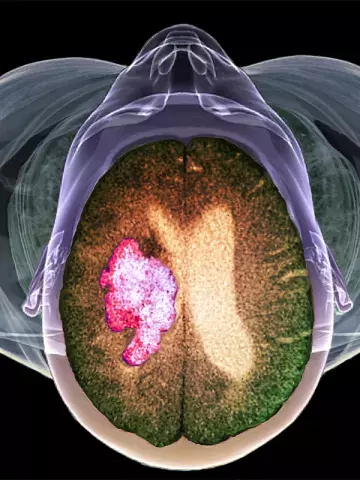Nontraditional stroke risk factors linked to greater stroke risk in young people
By Melanie Hinze
Adults younger than 35 years may be at greater risk of developing stroke from nontraditional risk factors such as migraine than from traditional risk factors, according to research published in Circulation: Cardiovascular Quality and Outcomes.
The retrospective case-control study used the Colorado All Payer Claims Database to identify index stroke events in 2618 US adults aged 18 to 55 years (52% women; 73.3% ischaemic strokes). These individuals were matched in a 1:3 ratio to 7827 stroke-free controls by sex, age, insurance type and pre-stroke period.
The study authors found that each additional traditional and nontraditional risk factor was associated with an increased risk of stroke in all sex and age groups.
Among adults aged 18 to 34 years, more strokes were associated with nontraditional risk factors (31.4% for men and 42.7% for women) than traditional risk factors (25.3% for men and 33.3% for women). However, the contribution of nontraditional risk factors (such as such as migraines, blood clotting disorders, kidney failure, autoimmune diseases or malignancy) declined with age.
The contribution of traditional risk factors peaked among people aged 35 to 44 years.
Hypertension was the most important traditional risk factor, with its contribution to stroke risk increasing with age. Migraine was the most important nontraditional risk factor and its contribution to risk decreased with age. It accounted for 20% of stroke in men and nearly 35% in women aged 18 to 35 years.
The authors concluded that nontraditional risk factors were as important as traditional risk factors in the development of strokes for both young men and women, and that they had a stronger association with the development of strokes in adults aged younger than 35 years.
Commenting on the findings, Stroke Foundation Australia Chief Executive Officer, Dr Lisa Murphy, said: ‘Strokes can happen to anyone at any age, not just older people, and in fact the younger cohort aged 18 to 45 years is the age group where stroke incidence is increasing’.
Dr Murphy told Medicine Today that at present in Australia, one stroke occurs every 19 minutes and 24% of strokes occur in people aged between 18 and 54 years.
Aboriginal and Torres Strait Islander people are 1.5 times more likely to die from stroke than non-Indigenous Australians, and the burden of disease for stroke in Aboriginal and Torres Strait Islander people is 2.3 times that of non-Indigenous Australians, she said.
Dr Murphy said that stroke risk should be on the radar for young people with risk factors such as migraine, pregnancy and cancer.
‘GPs could be checking for traditional risk factors such as high blood pressure in young people and also be alert that nontraditional risk factors can cause a stroke.’
‘Just because a person is young, it doesn’t mean they will not present with a stroke; if it looks like a stroke it probably is a stroke,’ she said.


